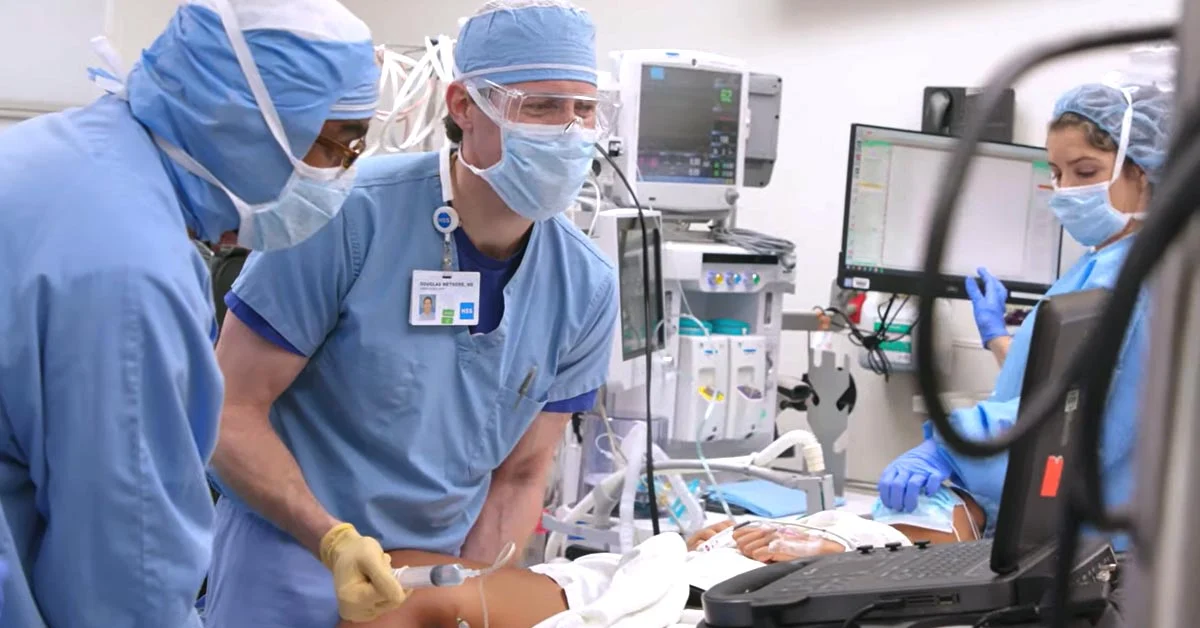Joint pain can significantly limit mobility and quality of life. When conservative treatments like physical therapy, medications, and lifestyle changes no longer relieve discomfort, joint replacement surgery may become a viable option. Whether you’re considering a knee, hip, shoulder, or another joint replacement, understanding the entire process can reduce anxiety and help you prepare for a successful recovery.
In this comprehensive guide, we’ll walk you through everything you need to know before, during, and after joint replacement surgery.
Understanding Joint Replacement Surgery
Joint replacement, also known as arthroplasty, is a surgical procedure in which a damaged joint is removed and replaced with a prosthetic device made of metal, plastic, or ceramic. This artificial joint is designed to mimic the movement of a healthy joint, restoring function and reducing pain.
The most commonly replaced joints include:
- Knees
- Hips
- Shoulders
- Elbows
- Ankles
Before the Surgery: Preparing Yourself Physically and Mentally
1. Medical Evaluation and Testing
Your orthopedic surgeon will evaluate your overall health, joint damage, and medical history. You may undergo:
- Blood tests
- X-rays or MRIs
- Cardiovascular clearance
2. Lifestyle Adjustments
Making a few lifestyle changes before surgery can enhance your outcomes:
- Stop smoking
- Lose excess weight
- Engage in pre-surgery physical therapy to strengthen muscles around the joint
3. Medications and Supplements
Some medications, including blood thinners and certain supplements, may need to be paused to reduce the risk of bleeding. Always consult your doctor for specific instructions.
4. Home Preparation
Arrange your home to support a safe recovery:
- Install handrails and grab bars
- Move essential items within easy reach
- Arrange for help with meals, chores, and transport
During the Surgery: What Happens in the Operating Room
1. Anesthesia
You’ll receive either:
- General anesthesia (you’ll be asleep), or
- Spinal/epidural anesthesia (you’ll be awake but numb from the waist down)
The choice depends on your health, the joint being replaced, and surgeon preference.
2. Surgical Procedure
The surgeon will:
- Remove the damaged portions of the joint
- Shape the surrounding bone
- Implant the prosthetic joint components
The entire surgery usually takes 1 to 2 hours, depending on complexity.
3. Post-Surgical Monitoring
After surgery, you’ll be moved to a recovery room where your vital signs are monitored. Pain management will be a priority.
After the Surgery: Recovery and Rehabilitation
1. Hospital Stay
Most patients stay in the hospital for 1–3 days, though some may go home the same day in minimally invasive procedures.
2. Physical Therapy
Physical therapy begins as early as the day of surgery or the day after to encourage mobility and reduce complications such as blood clots.
Therapy goals include:
- Regaining range of motion
- Strengthening muscles
- Improving balance and gait
3. At-Home Recovery
Expect a 6–12 week recovery period for most joint replacements. Your at-home recovery plan may involve:
- Home exercises
- Walking aids (canes, walkers)
- Pain medications and anti-inflammatories
- Follow-up appointments
4. Long-Term Outlook
Joint replacements typically last:
- 15–20 years or more
- Improvements in implant materials and surgical techniques continue to enhance longevity
Many patients resume activities like walking, swimming, biking, and golfing, but high-impact sports may be discouraged.
Potential Risks and Complications
While generally safe, joint replacement surgery does carry risks:
- Infection
- Blood clots
- Implant loosening or wear
- Nerve injury
- Limited range of motion
Choosing an experienced orthopedic surgeon and following post-op instructions closely helps reduce these risks.
Tips for a Successful Recovery
- Stick to your rehab program
- Eat a balanced diet for faster healing
- Avoid smoking and alcohol
- Report unusual symptoms like severe pain, swelling, or fever
- Stay active within limits
FAQs About Joint Replacement Surgery
1. How do I know if I need joint replacement surgery?
If joint pain interferes with daily life and conservative treatments don’t help, your doctor may recommend joint replacement.
2. Is joint replacement surgery safe?
Yes, it’s generally safe with a low complication rate, especially when performed by experienced surgeons.
3. How long does recovery take after joint replacement?
Full recovery can take 6 weeks to 3 months, though some patients may need longer for complete healing.
4. Will I be able to walk after surgery?
Yes, many patients walk within a day or two with assistance and gradually progress to unassisted walking.
5. Are there alternatives to joint replacement?
Yes, options include physical therapy, medications, injections, or arthroscopic procedures for less severe joint damage.
6. Can I drive after joint replacement surgery?
You can usually resume driving within 4 to 6 weeks, depending on the joint replaced and your progress.
7. How long do artificial joints last?
Modern joint replacements often last 15–20 years or more with proper care.
8. Is joint replacement covered by insurance?
Most health insurance plans, including Medicare, cover joint replacement if deemed medically necessary.
Conclusion
Joint replacement surgery can be a life-changing procedure, offering relief from chronic pain and restoring mobility. By understanding what to expect before, during, and after surgery, you can approach the experience with confidence and make informed decisions. With proper preparation and a strong recovery plan, most patients return to their daily activities with a renewed sense of freedom and comfort.










